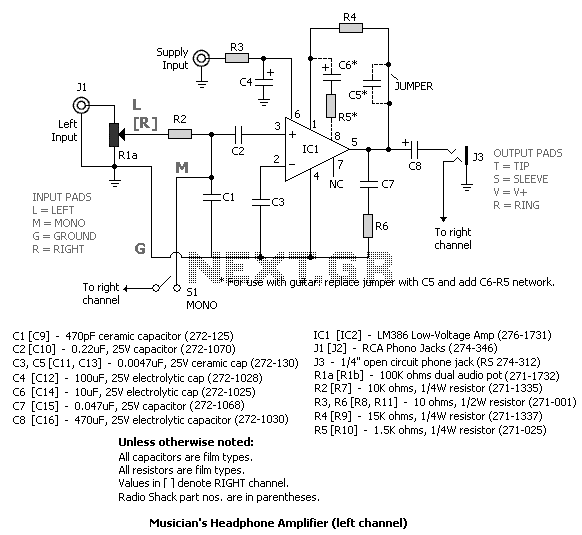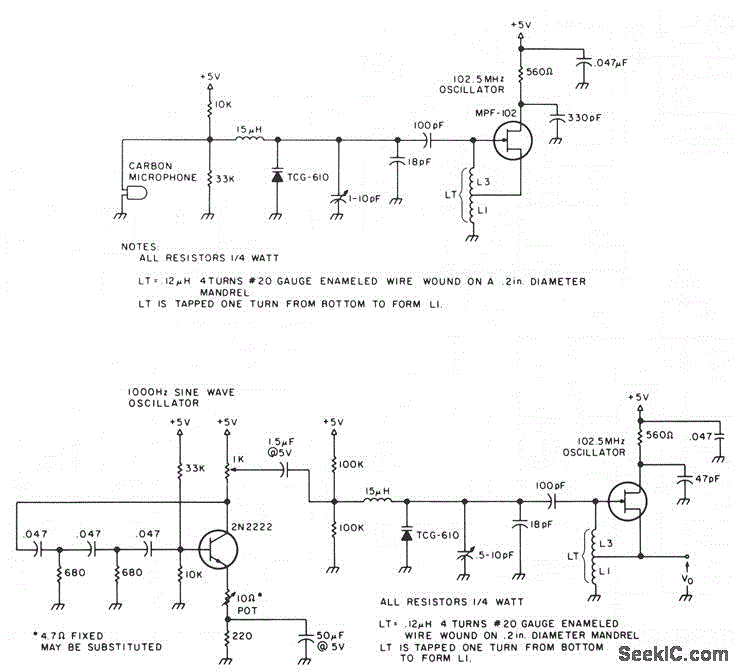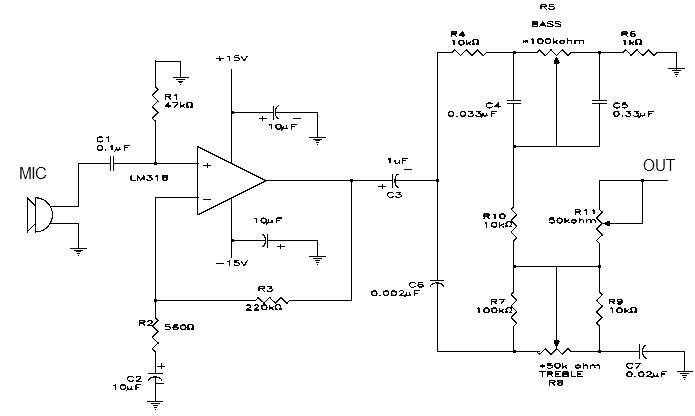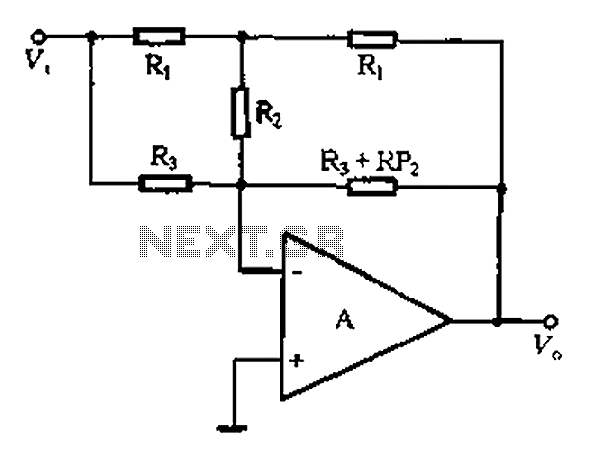
3 in one doorbell

The circuit consists of a power supply formed by TR1, Q3, D13, Q1, and D9. This power supply provides both the 12-volt and 5-volt rails required for the microcontroller.
The power supply circuit is essential for ensuring stable voltage levels for the operation of the microcontroller and other components. The transformer TR1 is responsible for stepping down the AC voltage from the mains supply to a lower level suitable for rectification. Q3 and Q1 are typically configured as voltage regulators or switching devices that help maintain the desired output voltage levels.
D13 and D9 are diodes that serve multiple purposes, including rectification and protection against reverse polarity. The diodes convert the AC voltage from the transformer into a pulsating DC voltage, which is then smoothed by capacitors (not mentioned in the original input but commonly included in such circuits) to provide a stable DC output.
The 12-volt rail is often utilized for powering larger components or devices requiring higher voltage, while the 5-volt rail is primarily used to power the microcontroller and its peripheral components. Proper decoupling capacitors should be placed close to the microcontroller's power pins to filter out any noise and provide instantaneous current during transient conditions.
In summary, the described circuit is a fundamental power supply design that ensures reliable operation of microcontroller-based systems by providing necessary voltage levels and protecting against potential electrical faults.The circuit comprises the power supply which is formed by TR1, Q3, D13, Q1, D9 This supplies both the 12 volt rails and the five volt rails for the micro which i.. 🔗 External reference
The power supply circuit is essential for ensuring stable voltage levels for the operation of the microcontroller and other components. The transformer TR1 is responsible for stepping down the AC voltage from the mains supply to a lower level suitable for rectification. Q3 and Q1 are typically configured as voltage regulators or switching devices that help maintain the desired output voltage levels.
D13 and D9 are diodes that serve multiple purposes, including rectification and protection against reverse polarity. The diodes convert the AC voltage from the transformer into a pulsating DC voltage, which is then smoothed by capacitors (not mentioned in the original input but commonly included in such circuits) to provide a stable DC output.
The 12-volt rail is often utilized for powering larger components or devices requiring higher voltage, while the 5-volt rail is primarily used to power the microcontroller and its peripheral components. Proper decoupling capacitors should be placed close to the microcontroller's power pins to filter out any noise and provide instantaneous current during transient conditions.
In summary, the described circuit is a fundamental power supply design that ensures reliable operation of microcontroller-based systems by providing necessary voltage levels and protecting against potential electrical faults.The circuit comprises the power supply which is formed by TR1, Q3, D13, Q1, D9 This supplies both the 12 volt rails and the five volt rails for the micro which i.. 🔗 External reference





